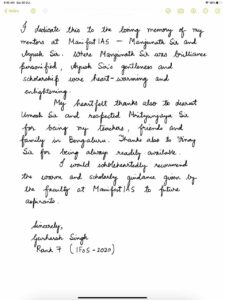- Why in news?
- It is now launched in Surat by the Gujarat Government.
- What is ETS?
- Emissions Trading Scheme (ETS) missions trading is a market-based approach to control pollution.
- By creating tradable pollution permits it attempts to add the profit motive as an incentive for good performance.
- The main form of emissions trading is known as “cap and trade“: a cap on emissions is set and then permits are created up to the level of this cap.
- The companies or other entities covered by the scheme need to hold one permit for every tonne of pollution (CO2e) they emit.
- Allowing a trade in these permits puts a price on pollution – the cost of emitting one tonne of carbon dioxide is the cost of the permit – and creates flexibility as to how and where pollution is reduced.
- This is preferable to other forms of pricing, such as carbon taxes, which do not guarantee any particular level of reduction.
- Emissions trading is a central element of the Kyoto protocol in the form of the Clean Development Mechanism (CDM).
- Criticism is that an emission trading has been marred by weak caps, free handouts of permits to the biggest polluters and the purchase of “offsets” – carbon credits bought from outside the cap-and-trade system from carbon reduction projects in the developing world.
- How is the Surat programme different from other such systems?
- The cap-and-trade system has been used in the US to bring down the level of sulphur dioxide (SO2) and nitrogen oxides (Nox).
- However this emissions trading programme is the first in the world to regulate particulate air pollution.















